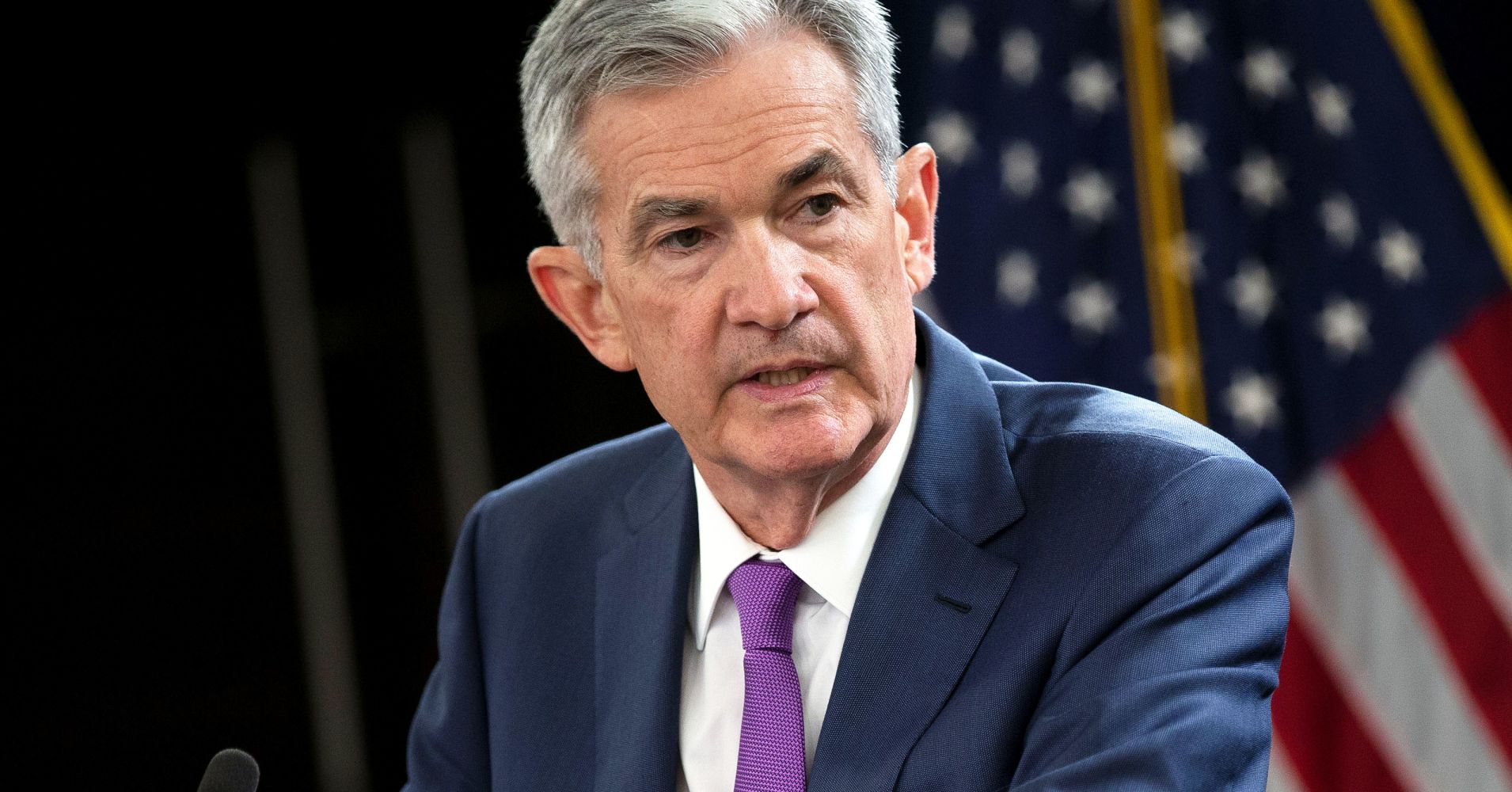The equity markets are under stress. By some measures stock prices today are lower than they were at the beginning of the year. To me, the reason for this is relatively clear. The financial system in the United States is undergoing a dramatic shift. It is going from decades of easy money at low- to no- interest rates to a period in which money is not freely available and it costs considerably more.
Some simple statistics indicate the change. In the 9-year time frame from the end of the financial crisis in 2008 to the end of last year, the average annual growth rate in the seasonally adjusted money supply (M2) was 6.0 percent. Year-to-date, the annualized growth rate has been 3.4 percent. The average Federal Funds rate from the end of the crisis year 2008 to the end of 2017 was 0.25 percent. In 2018, it has averaged 1.75 percent. It is 2.20 percent now.
If you look at these numbers from the perspective of running a business, two thoughts come to mind. The first is that money is just not going to be available as it was and, second, it will cost more. In order to justify new projects, the business executive must decide whether the higher financing cost can be absorbed or whether it can be passed along through price increases.
Going a step further, the function of capital must be reconsidered. Does it make sense to give away hundreds of billions of dollars in common equity in a rising interest rate environment? Or, does it now make more sense to conserve capital? Should a company continue to rely on borrowed capital or should it rely on the funds it develops through its business operations to fund further growth?
One must consider the role of private equity firms and the so-called unicorns – private companies with supposed multi-billion dollar valuations. If businesses must conserve their funds and households make a similar set of decisions, where will the money come from to keep the unicorns growing? Many, if not most, do not generate free cash from their businesses.
My position, stated often in these comments, is that the Federal Reserve is executing a monetary policy that is not gradual and not well thought out. The Fed is too tight. It is shrinking its balance sheet much too rapidly (over 6 percent this year) and it is raising interest rates much too quickly. The assumption that the United States economy can absorb higher rates with slower money supply growth represents a massive change in Fed thinking.
For decades, the economy has functioned with the belief that the Greenspan “put” or the Bernanke “ease” will always be there. The belief was that economy need never worry about fund availability. Now one must question these beliefs. In so doing, the prudent decision will be to conserve capital and use it internally to fund operations.
The Fed must and, in my view, will reverse policy. Silly concepts like “neutral interest rates” will be thrown back into the dustbin of PR hype where they belong. The average Fed Funds rate from July 1954, when it was initiated, to the present has been 4.80 percent. The average Fed Funds rate in this century has been 1.71 percent. There is no “neutral rate” in these numbers.
It is time for straight thinking and realistic policy. The United States cannot shift from a financial system characterized by “free” amounts of unlimited money supply to one driven by costly funds that are not easily acquired. It cannot fund the growth in the economy, growth in the equity markets, and growth in the Federal deficit with a reduced rate of growth in its money supply.


 Signal2forex.com - Najlepšie Forex roboty a signály
Signal2forex.com - Najlepšie Forex roboty a signály




